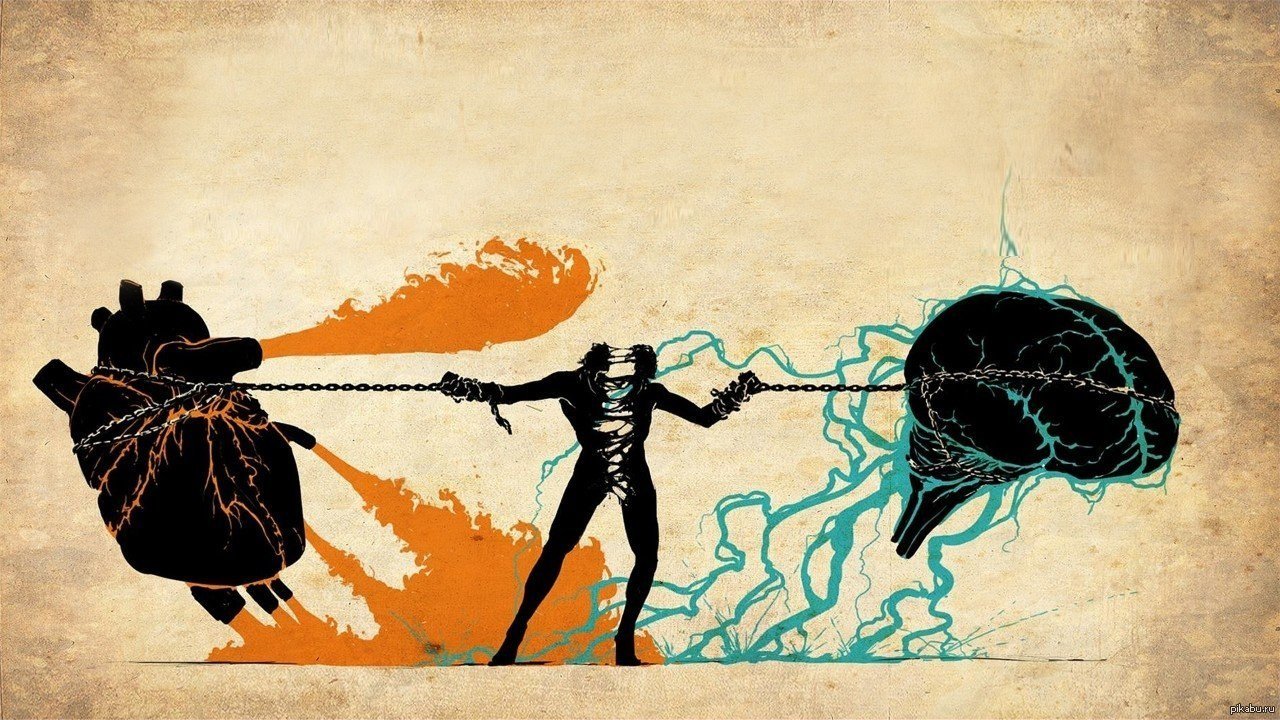The mind enables nearly everything we value in life. It gives us the ability to negotiate its challenges and the capacity to enjoy its most precious rewards.
Of course, life is not a constant stream of happiness, peace, success, and fulfillment. We cannot avoid occasional stress, unease, or even pain in various forms, and this is also due to the mind. Most people can point to a time when they suffered because of thoughts or emotions. This is often connected to the past or imagined future. This suffering may have been only for a moment or over days, weeks, months, or even years.
If it is particularly painful, we may say or think to ourselves, “I can’t stand this anymore!” But what is “I”? And what is causing “this”?
This is not a philosophical or academic question. It is an attempt to understand this mechanism that reduces the quality of our lives, assuming it might offer a chance to improve our contentment.
There is a separation implied by, “I can’t stand this anymore!”
The “I” (and we all know what “I” means to us) is the object or target of negativity coming from something else, which uses thoughts of guilt, worry, doubt, anger, resentment, desire, or hatred, among other things.
The I is the pure, naturally content, peaceful, gently observing, and deeply stable core of our consciousness. We may feel this part of ourselves often if we are lucky. Most of us only catch a glimpse. Some call this our Being, our true nature, or our Self. The Self is often presented with an unsolicited menu of cynicism, fantasy, commentary, and musings, all stemming from some aspect of themind. That is something we have experienced all our lives, and it is usually not a severe problem and seems “natural.” However, once the menu becomes mostly negative and persistent, we may begin to feel sadness, pain, fear, or anxiety.
Sometimes, this is referred to as negative self-talk or our inner critic. The root cause or primary source of this toxic energy is that aspect of the mind we call the ego. If we can lessen the ability of the ego to cause this unease, then we are closer to a more persistent state of calm, awareness, optimism, and happiness.
The mind, of course, has many critical functions. It is a problem solver and moves us to action. It can regulate our behavior, so if we are tempted to lash out at someone who has made a rude remark, we do not act on this impulse. In this way, that part of the mind which is not the ego may temper some of the baser drives or gut reactions the ego offers as potential responses.
The ego acts like a movie projector or monitor that plays on its own, without our intent. That is to say, the ego projects images, thoughts, desires, fears, anger, jealousy, hatred, and possibly other negativity without our telling it to do so.
The images play on our sense of pride or a need to be respected, admired, recognized for achievement, needed, or loved. Some of these visions are beautiful, uplift us, or capture our attention in other ways. Sometimes, the images instill primarily negative feelings.
In those cases, we need to realize that we are now “hearing” the ego, and this random river of bleak thought is not an accurate picture of reality.
The movie the Self is somehow being forced to watch by the ego is typically a work of fiction, or at least a distortion. But we tend to nearly always believe it. Worse yet, we often feel it must be right and mistakenly feel it to be true in our hearts or souls. We think we should continue to watch this movie because we are facing the truth, but we are believing a work of fiction or a truth/fiction blend inspired by fear, anger, and doubt.
A series on a popular streaming platform features a mysterious, arcade-style machine that seems to just show up one day in a fictitious, small town. It provides a customized animation of your primary mental struggles, state of life, and your life’s potential. All of the characters are eventually mesmerized by watching the impossibly personalized animation, and many of them uproot their lives rather quickly. The machine’s approach and allure work all too well, and it leads to an immediate and strong belief among almost every person in town that the movie shorts are a “holy” or fundamental truth.
We often experience this same gut reaction of strong belief, based on absolutely nothing concrete, when we watch visions of the past or future supplied by our ego.
Richard Feynman, one of the most brilliant scientists of the 20th century, said, “The first principle is that you must not fool yourself, and you are the easiest person to fool.” This is often the case in formulating scientific theories, but it also applies to our tendency to mistakenly “buy” what the ego is selling. Many of the ego’s tactics are meant to fool ourselves.
We do not need to believe or even think the images and words manufactured by the ego are true, generally right, or capture reality. This one idea can change your life now. The harder part is to remember it so your life is still better tomorrow (or later this hour).
This realization is somehow both obvious and an epiphany. This is something few of us learned in school or heard from our parents, family, acquaintances, or friends. More likely, this is the first time.
Of course, the mind is a fantastic tool, and we need to use it to accomplish many things, from mundane everyday tasks to miraculous and life-changing discoveries. We can choose to use the mind, but do not allow the mind to use you. When you are watching the ego’s images of the past and future, you are under a spell; the ego is using you.


